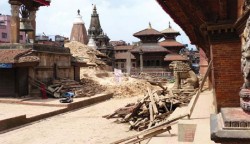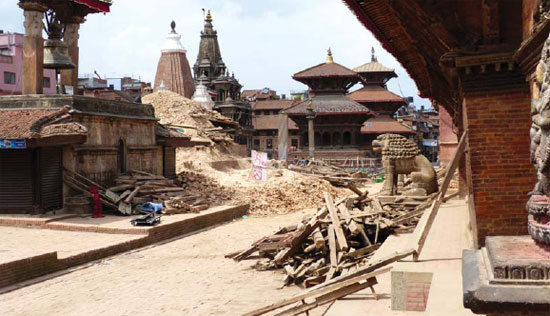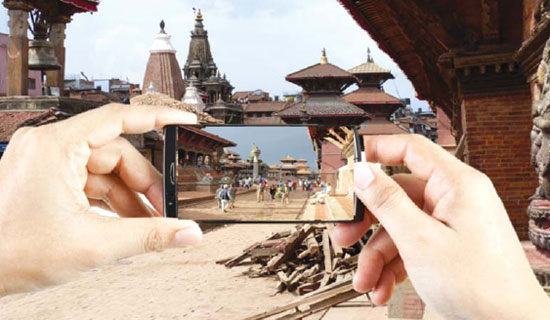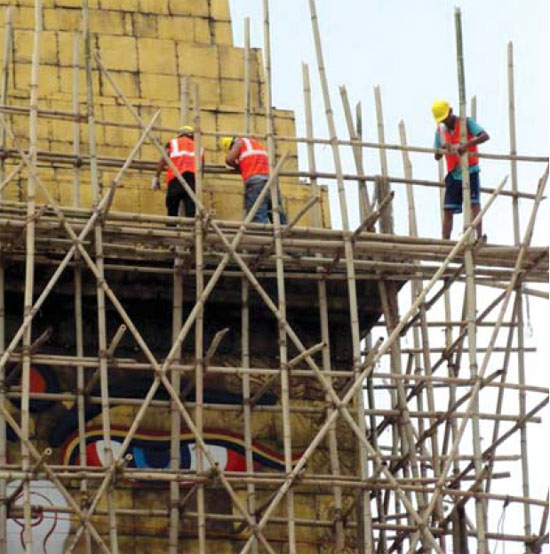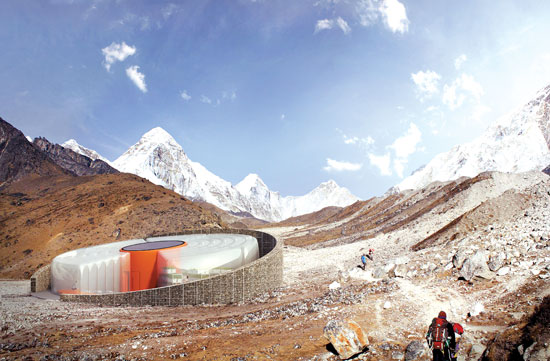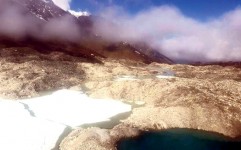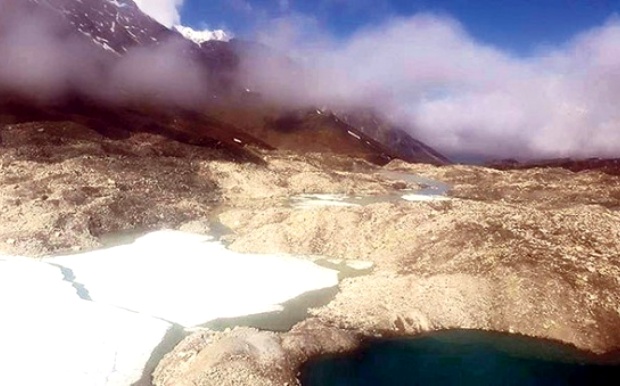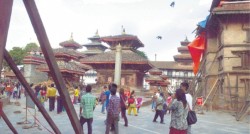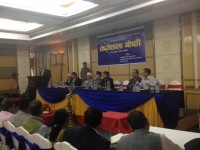with tourism in Nepal having taken a body blow in the wake of the devastating earthquake in April, the country is making efforts to revive the footfalls for the “high season” starting late September through promotions and ease of travel advisories by foreign countries.
A Nepal Tourism Board (NTB) official said that there has been only a trickle of tourists from India in May and June – the months that see large numbers visiting the Himalayan nation due to school vacations in India. About a fourth of foreign tourists in Nepal come from India.
“We have lost the regular Indian season for May and June. However, we look forward to welcoming Indian tourists during the Dussehra holidays (in October),” NTB senior manager Ujjwala Dali said.
She said a “plan for tourism recovery” has been prepared by the Pacific Asia Travel Association (PATA) and the NTB would start promotional activities to get arrivals from countries such as Britain, the US, Japan and Australia, apart from the European Union, for the high season.
“We hope to get Nepal back on the tourism map when the tourism high season begins,” Dali said.
She said that trekking tracks are opened in September and October and weather conditions are also considered pleasant by the visitors through September-November and February-April.
“In December and January there are holidays in many parts of the world and tourists come here,” she said.
Tourism is Nepal’s second-highest foreign exchange earner and is estimated to contribute about 12 percent to the country’s GDP through direct and indirect employment.
People associated with Nepal’s tourism industry said that some key heritage sites and trekking routes had been damaged in the powerful earthquake on April 25 but there still was a lot for tourists to see and savour across the country.
“Some of the media reports about damage to infrastructure were exaggerated. The epicentre of earthquake was not Kathmandu. If you go across the city, you will see that most of the new buildings do not appear to have suffered real damage. Nepal is back and we are on our feet,” Amir K. Pradhananga, resident manager at Grand Hotel here, said.
“Life is normal (now),” he added.
Over 8,500 people were killed in Nepal due to the powerful earthquake in April and another strong quake in May. As for the repeated aftershocks, Pradhananga said the locals were taking these in their stride and there was no panic.
NTB Administrative Officer Ramesh Kumar Adhikari said the projections were that Nepal will get 40 percent fewer tourists this year and 20 percent in 2016.
“We want that the numbers of visitors to be as close to last year as is possible and we are taking several measures in that direction, including promotions,” Adhikari said.
Officials said about 60 percent of those who visit Nepal come for sight-seeing and cultural tourism while about 40 percent come for adventure-related activities. The pattern was unlikely to change after the earthquake.
Dali said that Nepal was urging foreign countries to ease their travel advisories issued after the April earthquake. She said Nepalese missions abroad were also issuing updated information.
“We will also focus more on the travel trade fairs in the coming months. There are already familiarisation visits by the media and tour operators,” she said.
She said that there were many places for tourists to visit Nepal including the “golden triangle of Pokhara, Chitwan and Kathmandu“.
Follow and share our more detail from our social media ; Facebook, Pinterest and Twitter.
Source: thestatesman.com
Contact Us:
E-mail: sales@samratnepal






